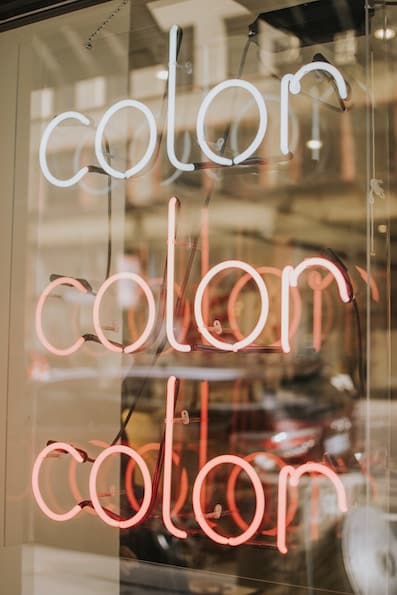Hair Dye Allergy
If you have had a reaction after applying hair dye then professional help should always be sought. Please note that reactions do not necessarily have to occur straight away. Allergic reactions can take time to present symptoms.
Females have been dying their hair for hundreds of years. The first noted example relates to Henna obtained from the Egyptian privet Lawsonia Alba. A process of infusion of natural vegetation.
Other processes include altering the internal structure of the hairshaft using complex chemical formulae. Some induce hair breakage, toxaemia, or localised contact dermatitis. Severity may vary. Some types of hair dyes are currently thought to be linked to bladder cancer.
Vegetable Dyes
Pure examples are extracted from plants e.g. Black Myrtle leaves, Saffron, Camomile, Privet, , Poppy heads, Green Walnuts, Ilex roots. Vegetable dyes tend to wash out of the hair. Henna molecules are small enough to penetrate the cortex thus considered a permanent dye. The colour is oxidised by atmospheric oxygen. Hair feel & luster may change.
Pure Vegetable dyes are considered harmless. It is unlikely (although still possible) that any adverse skin reaction or hairshaft damage would result from their use. Egyptian (Vegetable) Henna can, make the hairshafts seem dry and lusterless. This is not injurious. This form of hennais used in some shampoos e.g. to provide auburn highlights. Camomile is another vegetable dye. The active ingredient is Apigenin (tri-hydroxyflavone). Obtained from dried Camomile flowers. Creates a yellowish hue. Tunisian Henna is not a vegetable dye as it contains metallic salts and is classed as an inorganic dye.
You should be aware that some vegetable colour’s contain permanent oxidation dye ingredients which makes the product potentially harmful. Please read through the ingredients before use and always test the hair and scalp before applying any type of hair dye.
Quasi-permanent dyes
This is a mixture of semi-permanent and permanent oxidation dyes. The semi-permanent ingredient will wash out.
Synthetic Organic Dyes (based on coal tar products including:)
Temporary dyes: such as Cationic dyes (e.g. Methyl violet) and Anionic dyes (or Azo dyes as in water based rinses). These dyes will wash out of hair.
Semi-permanent dyes: mixtures of nitro dyes and anthraquinones. These dyes produce red yellow and blue colourings. These dyes wash out of hair after 6-8 shampoos.
Permanent oxidation dyes (oxidation dyes) known as ‘para’ dyes. They require an oxidising agent e.g. hydrogen peroxide to function. These dyes include:
para-phenylenediamine (black), para-toluenediamine (brown), ortho-phenylenediamine (Brown), para-aminophenol (reddish brown), ortho-aminophenol (light brown).

Inorganic Dyes
Include hair colour restorers, sulphide and reduction dyes based on metallic salts (lead copper silver and iron). These dyes produce permanent colour changes. Permanent waving the hair may be contraindicated because the combination of chemicals thus introduced may lead to rapid hairshaft destruction at scalp level.

Please Note – These dyes require allergy tests because moderate and severe skin reactions even toxaemia may result from injudicious applications. Colour’s may fade with strong sunlight. Hairshafts will require special care when subjected to permanent wave processing. The process may change the feel of hair. Tinted hair shafts may be more vulnerable to breakage.
Registered with TTS The Trichological Society

